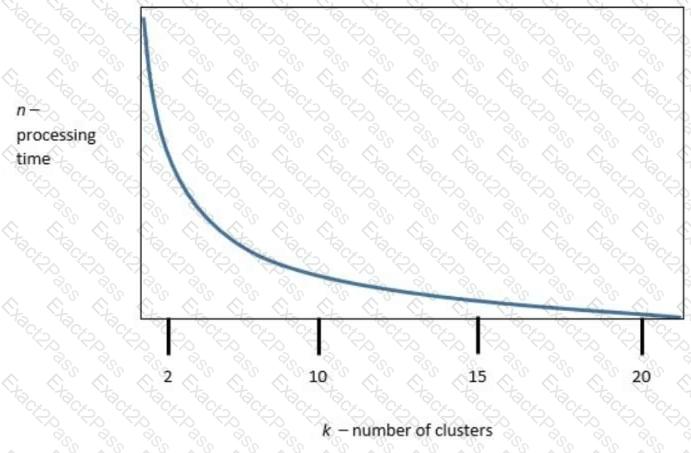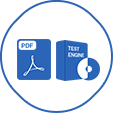Last Update 6 hours ago Total Questions : 85
The CompTIA DataX Exam content is now fully updated, with all current exam questions added 6 hours ago. Deciding to include DY0-001 practice exam questions in your study plan goes far beyond basic test preparation.
You'll find that our DY0-001 exam questions frequently feature detailed scenarios and practical problem-solving exercises that directly mirror industry challenges. Engaging with these DY0-001 sample sets allows you to effectively manage your time and pace yourself, giving you the ability to finish any CompTIA DataX Exam practice test comfortably within the allotted time.
Which of the following describes the appropriate use case for PCA?
A data scientist would like to model a complex phenomenon using a large data set composed of categorical, discrete, and continuous variables. After completing exploratory data analysis, the data scientist is reasonably certain that no linear relationship exists between the predictors and the target. Although the phenomenon is complex, the data scientist still wants to maintain the highest possible degree of interpretability in the final model. Which of the following algorithms best meets this objective?
A data scientist wants to evaluate the performance of various nonlinear models. Which of the following is best suited for this task?
A data scientist trained a model for departments to share. The departments must access the model using HTTP requests. Which of the following approaches is appropriate?
Which of the following measures would a data scientist most likely use to calculate the similarity of two text strings?
The following graphic shows the results of an unsupervised, machine-learning clustering model:

k is the number of clusters, and n is the processing time required to run the model. Which of the following is the best value of k to optimize both accuracy and processing requirements?
Given a logistics problem with multiple constraints (fuel, capacity, speed), which of the following is the most likely optimization technique a data scientist would apply?

